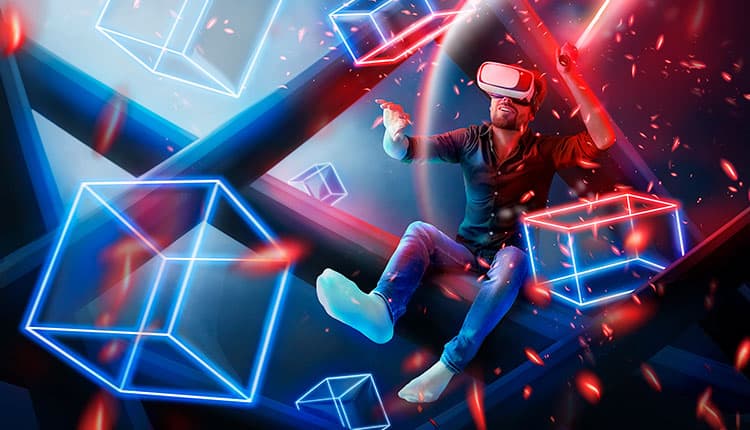Augmented Reality (AR) games have revolutionized the gaming industry by blending virtual elements with the real world, creating immersive and interactive experiences. Unlike traditional video games confined to screens, AR games utilize the physical environment, enhancing it with digital overlays through smartphones, tablets, or AR glasses. This fusion of realities has unlocked new dimensions in gameplay, engagement, and social interaction.
The Evolution of AR Games
The concept of AR isn’t entirely new, but its application in gaming has significantly evolved over the past decade. Early implementations were rudimentary, often requiring special markers or QR codes. However, advancements in technology, particularly in mobile computing power and camera capabilities, have enabled more sophisticated and seamless AR experiences.
The watershed moment for AR gaming came in 2016 with the release of “Pokémon GO” by Niantic. This game captivated millions worldwide by allowing players to find and capture virtual creatures superimposed onto their real-world surroundings. Its success demonstrated the vast potential of AR gaming and spurred further innovation in the field.
Immersive Gameplay
AR games stand out due to their unique ability to merge digital gameplay with the player’s real environment. This creates a more engaging and interactive experience compared to traditional games. Players can explore their neighborhoods, landmarks, and cities, making the real world a canvas for their adventures.
For example, “Harry Potter: Wizards Unite,” another Niantic creation, turns everyday locations into magical sites where players can cast spells and battle fantastical creatures. This blend of the virtual and real not only enriches the gaming experience but also encourages physical activity and exploration.
Social Interaction and Community Building
AR games often emphasize social interaction and community building. “Pokémon GO” and similar games organize events that bring players together in specific locations, fostering a sense of community. These events can range from casual meetups to large-scale gatherings, creating opportunities for players to collaborate and compete.
Moreover, AR games frequently incorporate multiplayer features that allow players to team up, compete, or trade items in real-time. This social aspect enhances the gaming experience, making it more dynamic and inclusive.
Technological Advancements and Future Prospects
The future of AR gaming is promising, driven by continuous technological advancements. Emerging technologies like 5G, more powerful processors, and improved AR hardware will further enhance the realism and interactivity of AR games. Developers are exploring more intricate ways to blend virtual elements with the real world, aiming for even more immersive experiences.
Moreover, the integration of AR with other emerging technologies such as artificial intelligence (AI) and the Internet of Things (IoT) could lead to novel gameplay mechanics and smarter, more responsive virtual environments. For instance, AI could enable more personalized and adaptive game scenarios based on the player’s behavior and surroundings.
Conclusion
Augmented Reality games represent a groundbreaking shift in the gaming landscape, merging the virtual and real worlds to create unparalleled interactive experiences. From their early days to the present, AR games have evolved into sophisticated platforms that engage players in new and exciting ways. As technology continues to advance, the potential for AR gaming will only expand, offering even more innovative and immersive experiences that captivate and inspire players worldwide.



